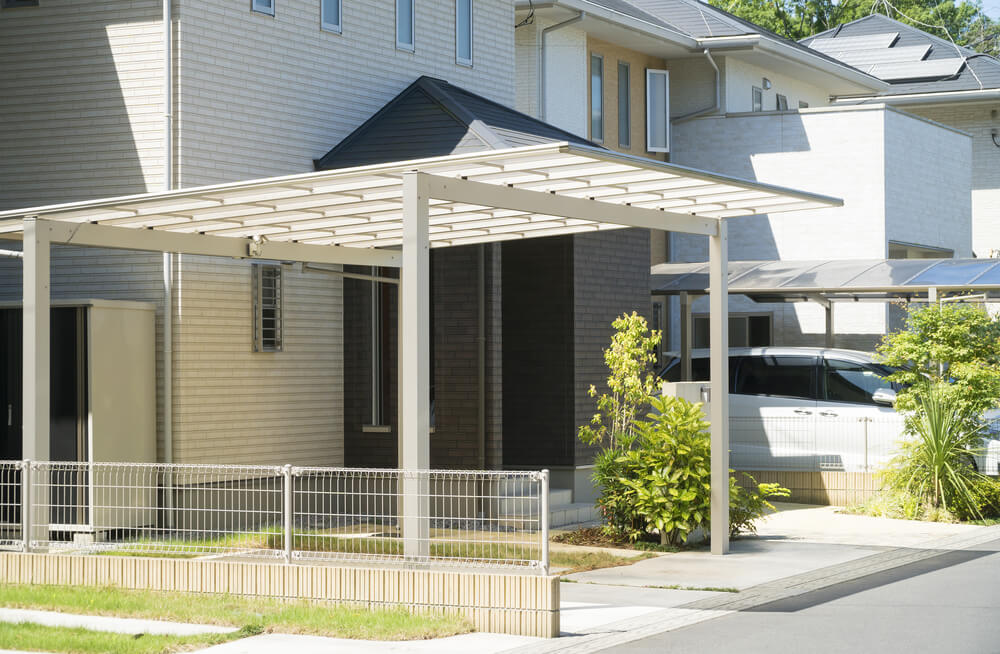As you dip yourself into your building’s swimming pool, enjoy its jacuzzi, workout in the gym… Have you ever wondered if you actually “own” any of these facilities?
Well, all the homeowners are paying the management fees, so surely you have some fractional ownership of the building, do you? So what if you default on the management fee payment, does the management have the right to bar you from entering the property?
All of these questions are detailed clearly under the Strata Management Act 2013 (Act757), but today we will explore the basics of the act – the types of parcels and the differences between them.
What are strata?
In layman terms, a highrise building consists of many owners living on top of a single plot of land. Hence, the building is “subdivided” into individual parcels, and owners can own a piece of the building itself. However, not every parcel is made equal.
In a basic stratified project, these are three types of parcels/property available:
- Parcel
- Accessory parcel
- Common property
Parcel
This is the most straightforward concept of ownership and one that most people associate when purchasing a property. Once you have purchased a unit, your sales & purchase agreement (SPA) and strata title will clearly state where your unit is located, how large is your unit and the unit specifications, and that constitutes as the main parcel of your unit.
Accessory parcel?
Legally speaking, accessory parcels are “whichever area in the strata development that you wanted to associate or demarcate (set boundaries) as part of a parcel property.” In layman terms, the accessory parcel is a property that you own but is not attached to the main parcel.
A great example would be a carpark, which is located away from your parcel but is demarcated as part of your property. Hence, it is classified as an accessory parcel in order to show that both the unit and the carpark fall under the same ownership.
A special exception is made for unit foyers and air-condition ledges, which falls under accessory parcel even though it is attached to the main parcel itself. This is because, in the past, there were disputes between developers and buyers, where buyers find it unfair that developers are charging the same selling price for air-conditioning ledges and planter boxes as part of the main parcel.
Buyers argue that they have limited or no access to these small ledges, and are unable to really enjoy and use that space. Hence, the survey department (JUPEM) has set new guidelines to clarify that these ledges are not part of the main unit parcel, but as accessory parcels instead.
Why is it important to differentiate a main parcel or an accessory parcel?
That is because ownership is calculated by shared units. Shared units determine your voting weightage during general meetings, and the amount of maintenance fees you pay on a monthly basis. Accessory parcel by calculation, contribute less to your overall shared units compared to main parcels.
Which means, you would only need to pay less maintenance fees if the area is classified as an accessory parcel instead of a main parcel.
Common property
Common property is legally defined as “anything which is not comprised in a parcel or accessory parcel and which is used, or capable of being used or enjoyed by occupiers of two or more parcels.”
This definition includes walkways, lobbies, roads, parks, and amenities such as swimming pools, gymnasium, lifts and lift lobbies as well. Common property is directly controlled by the Joint Management Body (JMB) or Management Corporation (MC), and they have the right to determine the usage of the space and how to maintain it.
The common property is entitled to be rented out, under the condition that the income generated will go back to the JMB/MC’s account. It is illegal for JMB/MCs to sell any part of the common property to parcel owners or third party owners. JMBs and MCs are essentially the “guardians” of common property.
To answer the main question: Yes, you do technically won the carpark as it is classified under the accessory parcel.
Knowing the nitty-gritty details of the Act757 may not seem important during the home purchasing process, but it plays a vital role when it comes to managing the property down the road. But for now, please do pay attention to the accessory parcels available whenever you purchase a new property, and make sure that your unit does come with a car park!
If you do have any questions, have no worries, because Ohmyhome’s dedicated agent services is here to assist you on your housing journey! Check out our latest property offerings here, or contact +6 016-299 1366 to request assistance. Because buying a property, should be an easy and stress-free process!
Related posts:











